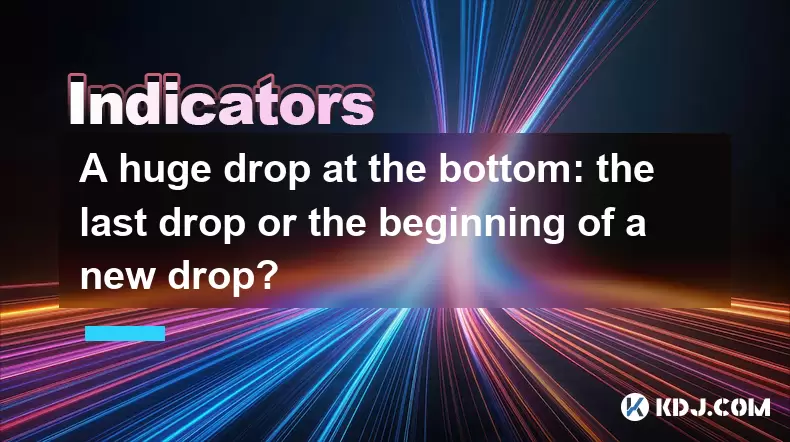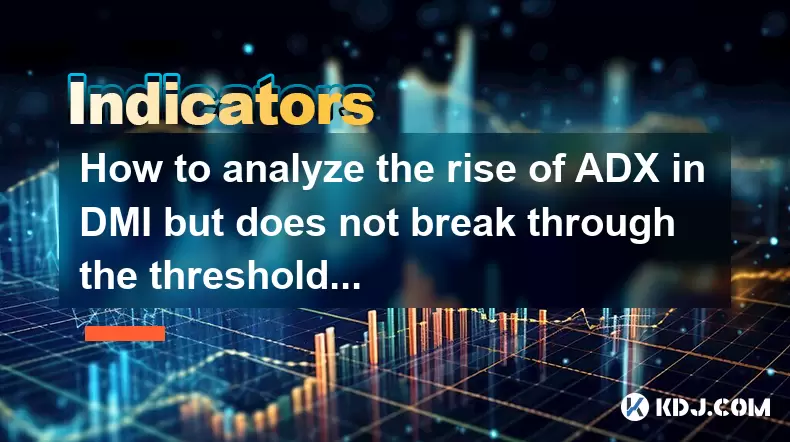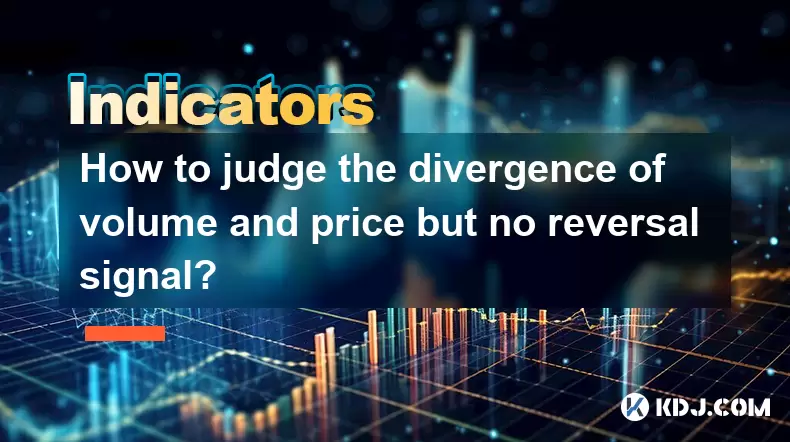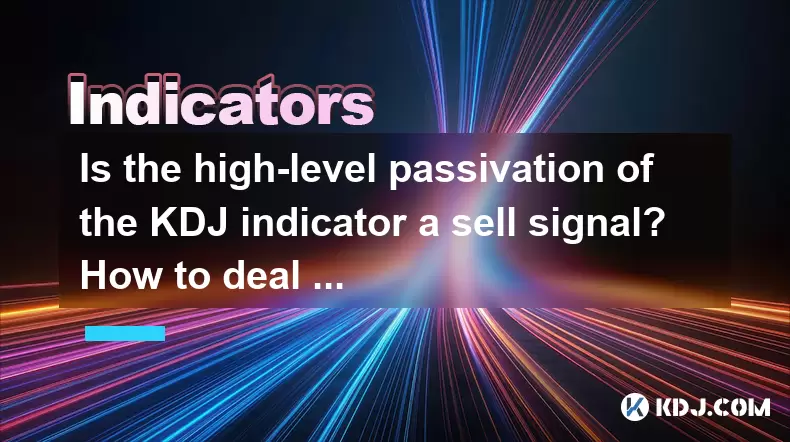-
 Bitcoin
Bitcoin $106,754.6083
1.33% -
 Ethereum
Ethereum $2,625.8249
3.80% -
 Tether USDt
Tether USDt $1.0001
-0.03% -
 XRP
XRP $2.1891
1.67% -
 BNB
BNB $654.5220
0.66% -
 Solana
Solana $156.9428
7.28% -
 USDC
USDC $0.9998
0.00% -
 Dogecoin
Dogecoin $0.1780
1.14% -
 TRON
TRON $0.2706
-0.16% -
 Cardano
Cardano $0.6470
2.77% -
 Hyperliquid
Hyperliquid $44.6467
10.24% -
 Sui
Sui $3.1128
3.86% -
 Bitcoin Cash
Bitcoin Cash $455.7646
3.00% -
 Chainlink
Chainlink $13.6858
4.08% -
 UNUS SED LEO
UNUS SED LEO $9.2682
0.21% -
 Avalanche
Avalanche $19.7433
3.79% -
 Stellar
Stellar $0.2616
1.64% -
 Toncoin
Toncoin $3.0222
2.19% -
 Shiba Inu
Shiba Inu $0.0...01220
1.49% -
 Hedera
Hedera $0.1580
2.75% -
 Litecoin
Litecoin $87.4964
2.29% -
 Polkadot
Polkadot $3.8958
3.05% -
 Ethena USDe
Ethena USDe $1.0000
-0.04% -
 Monero
Monero $317.2263
0.26% -
 Bitget Token
Bitget Token $4.5985
1.68% -
 Dai
Dai $0.9999
0.00% -
 Pepe
Pepe $0.0...01140
2.44% -
 Uniswap
Uniswap $7.6065
5.29% -
 Pi
Pi $0.6042
-2.00% -
 Aave
Aave $289.6343
6.02%
A huge drop at the bottom: the last drop or the beginning of a new drop?
A huge cryptocurrency drop may signal capitulation or a new downtrend, with technical and fundamental indicators helping to distinguish between a bottom or further decline.
Jun 15, 2025 at 01:22 pm

Understanding the Context of a Huge Drop in Cryptocurrency
A huge drop in cryptocurrency prices often triggers panic among investors and traders. The market's high volatility means that such drops are not uncommon, but their impact can be significant depending on when they occur. When a substantial price decline happens after an extended downtrend, it raises questions about whether this is merely the last drop before a potential recovery or the beginning of another downward spiral.
The crypto market has historically experienced multiple cycles of boom and bust. Each cycle tends to follow a similar pattern: euphoria, speculation, overvaluation, correction, capitulation, and eventual stabilization. A major drop at the bottom of a cycle could indicate either capitulation, where holders finally give up and sell off their holdings, or a new phase of selling pressure driven by macroeconomic factors or negative news.
Capitulation is often marked by extreme volume and sharp price declines.
Technical Indicators That Can Help Interpret the Drop
Analyzing technical indicators is crucial for understanding whether a big drop signals a bottom or a continuation of the downtrend. Key tools include:
- Relative Strength Index (RSI): If RSI reaches extremely low levels (below 20), it may suggest oversold conditions.
- Volume Spikes: Sudden surges in trading volume during a drop often point to emotional selling.
- Moving Averages: A break below key moving averages like the 200-day SMA could signal further downside.
- Fibonacci Retracement Levels: These help identify potential support zones based on prior price action.
Traders often look for signs of exhaustion in the selling pressure. For example, if the RSI remains in oversold territory for an extended period while volume begins to decline, it might indicate that sellers are losing steam.
Fundamental Factors Influencing Market Drops
Beyond technical analysis, fundamental factors play a critical role in determining whether a large drop is a final washout or the start of more losses. Regulatory developments, macroeconomic shifts, exchange failures, and adoption trends all contribute to market sentiment.
For instance:
- Regulatory Announcements: Negative regulatory actions can trigger panic sales.
- Inflation and Interest Rates: Rising rates typically lead to reduced risk appetite across asset classes.
- Exchange Failures: Collapse of major exchanges can erode trust and cause cascading liquidations.
- On-chain Metrics: Changes in wallet activity, whale movements, and network usage provide insight into real demand.
When combined with technical data, these fundamentals offer a clearer picture of whether the drop is temporary or part of a broader bearish trend.
Behavioral Patterns During Market Bottoms
Market psychology plays a pivotal role in identifying bottoms. During prolonged downturns, investor sentiment typically turns extremely pessimistic. This phase is often referred to as "maximum pessimism" and is characterized by widespread fear, media negativity, and social media despair.
Common behavioral patterns include:
- Mass Liquidations: Especially in leveraged positions, leading to cascading sell-offs.
- Selloffs from Institutional Investors: Large players exiting positions due to liquidity needs or risk management.
- Social Media Sentiment Shifts: Increased negativity and calls for further downside dominate discussions.
Recognizing these patterns can help traders differentiate between a final capitulation and a sustained bear market. However, timing entries based solely on sentiment is risky without confirmation from other analytical tools.
Historical Precedents and Case Studies
Looking back at previous market cycles provides valuable context. The 2018 bear market saw Bitcoin fall from nearly $20,000 to under $3,000. The final leg down included sharp selloffs and increased volatility, which many later interpreted as a bottoming process.
Similarly, the 2022 crash saw multiple cryptocurrencies lose over 70% of their value. In some cases, the biggest drops occurred near the end of the bear market, especially during the collapses of Terra/LUNA, FTX, and Celsius.
These historical events show that:
- Major drops can coincide with market bottoms, especially when accompanied by structural failures.
- Bottoms are rarely clean or obvious in real-time, often requiring hindsight to confirm.
Therefore, relying solely on past patterns is not foolproof, but they do offer guidance on what to expect during periods of extreme volatility.
Frequently Asked Questions
What does it mean when a cryptocurrency sees a huge drop at the bottom of a downtrend?
A massive drop at the bottom can signify extreme selling pressure, potentially indicating that holders are capitulating. It may also reflect external shocks such as regulatory crackdowns or exchange collapses.
How can I tell if a drop is the last one or just the start of more losses?
Combining technical indicators like RSI, volume, and moving averages with on-chain metrics and sentiment analysis helps assess whether the market is nearing a bottom or entering a new phase of decline.
Is it safe to buy during a huge drop?
Buying during a steep drop carries significant risk unless supported by strong technical and fundamental signals. Many investors wait for confirmation through higher timeframes and stabilized volume before entering positions.
Can institutional behavior influence whether a drop marks the end or the start of a downtrend?
Yes, institutional selling or buying can significantly impact price action. Monitoring on-chain flows and exchange reserves helps gauge whether institutions are accumulating or dumping assets.
Disclaimer:info@kdj.com
The information provided is not trading advice. kdj.com does not assume any responsibility for any investments made based on the information provided in this article. Cryptocurrencies are highly volatile and it is highly recommended that you invest with caution after thorough research!
If you believe that the content used on this website infringes your copyright, please contact us immediately (info@kdj.com) and we will delete it promptly.
- 2025-W Uncirculated American Gold Eagle and Dr. Vera Rubin Quarter Mark New Products
- 2025-06-13 06:25:13
- Ruvi AI (RVU) Leverages Blockchain and Artificial Intelligence to Disrupt Marketing, Entertainment, and Finance
- 2025-06-13 07:05:12
- H100 Group AB Raises 101 Million SEK (Approximately $10.6 Million) to Bolster Bitcoin Reserves
- 2025-06-13 06:25:13
- Galaxy Digital CEO Mike Novogratz Says Bitcoin Will Replace Gold and Go to $1,000,000
- 2025-06-13 06:45:13
- Trust Wallet Token (TWT) Price Drops 5.7% as RWA Integration Plans Ignite Excitement
- 2025-06-13 06:45:13
- Ethereum (ETH) Is in the Second Phase of a Three-Stage Market Cycle
- 2025-06-13 07:25:13
Related knowledge

How to confirm the effectiveness of the average price line support in the time-sharing chart?
Jun 17,2025 at 12:56am
Understanding the Time-Sharing Chart and Its RelevanceIn cryptocurrency trading, time-sharing charts play a crucial role in analyzing short-term price movements. These charts typically display price fluctuations over a specific period, often ranging from minutes to hours. Traders rely on them to make quick decisions based on real-time data. The average ...

What does it mean when the momentum indicator breaks above the zero axis?
Jun 17,2025 at 12:43am
Understanding the Momentum IndicatorThe momentum indicator is a technical analysis tool used to measure the speed or velocity of price movements in cryptocurrency markets. It helps traders identify potential trend reversals, overbought or oversold conditions, and confirms existing trends. The indicator typically oscillates around a zero line, with value...

How to analyze the rise of ADX in DMI but does not break through the threshold?
Jun 16,2025 at 11:49pm
Understanding ADX and DMI in Cryptocurrency TradingIn cryptocurrency trading, ADX (Average Directional Index) is a technical indicator used to measure the strength of a trend. It works in conjunction with the DMI (Directional Movement Indicator), which includes two components: +DI (Positive Directional Indicator) and -DI (Negative Directional Indicator)...

How to judge the divergence of volume and price but no reversal signal?
Jun 17,2025 at 12:28am
Understanding Volume and Price DivergenceIn the world of cryptocurrency trading, volume and price are two key indicators that traders monitor closely. Divergence occurs when these two metrics move in opposite directions. For example, if the price of a cryptocurrency is rising but its volume is declining, this could signal weakening momentum. However, it...

Is the high-level passivation of the KDJ indicator a sell signal? How to deal with it?
Jun 17,2025 at 12:49am
Understanding the KDJ Indicator in Cryptocurrency TradingThe KDJ indicator, also known as the stochastic oscillator, is a momentum-based technical analysis tool widely used in cryptocurrency trading. It consists of three lines: the %K line, the %D line, and the %J line. These lines help traders assess overbought or oversold conditions, potential trend r...

How to identify the pressure intensity when the upper shadow line tests the previous high?
Jun 17,2025 at 12:09am
Understanding the Upper Shadow Line in Candlestick ChartsIn cryptocurrency trading, candlestick patterns are essential tools for analyzing market sentiment. One such pattern is the appearance of an upper shadow line, which often appears when a candle closes lower than its highest point during a specific period. This upper wick or shadow indicates that w...

How to confirm the effectiveness of the average price line support in the time-sharing chart?
Jun 17,2025 at 12:56am
Understanding the Time-Sharing Chart and Its RelevanceIn cryptocurrency trading, time-sharing charts play a crucial role in analyzing short-term price movements. These charts typically display price fluctuations over a specific period, often ranging from minutes to hours. Traders rely on them to make quick decisions based on real-time data. The average ...

What does it mean when the momentum indicator breaks above the zero axis?
Jun 17,2025 at 12:43am
Understanding the Momentum IndicatorThe momentum indicator is a technical analysis tool used to measure the speed or velocity of price movements in cryptocurrency markets. It helps traders identify potential trend reversals, overbought or oversold conditions, and confirms existing trends. The indicator typically oscillates around a zero line, with value...

How to analyze the rise of ADX in DMI but does not break through the threshold?
Jun 16,2025 at 11:49pm
Understanding ADX and DMI in Cryptocurrency TradingIn cryptocurrency trading, ADX (Average Directional Index) is a technical indicator used to measure the strength of a trend. It works in conjunction with the DMI (Directional Movement Indicator), which includes two components: +DI (Positive Directional Indicator) and -DI (Negative Directional Indicator)...

How to judge the divergence of volume and price but no reversal signal?
Jun 17,2025 at 12:28am
Understanding Volume and Price DivergenceIn the world of cryptocurrency trading, volume and price are two key indicators that traders monitor closely. Divergence occurs when these two metrics move in opposite directions. For example, if the price of a cryptocurrency is rising but its volume is declining, this could signal weakening momentum. However, it...

Is the high-level passivation of the KDJ indicator a sell signal? How to deal with it?
Jun 17,2025 at 12:49am
Understanding the KDJ Indicator in Cryptocurrency TradingThe KDJ indicator, also known as the stochastic oscillator, is a momentum-based technical analysis tool widely used in cryptocurrency trading. It consists of three lines: the %K line, the %D line, and the %J line. These lines help traders assess overbought or oversold conditions, potential trend r...

How to identify the pressure intensity when the upper shadow line tests the previous high?
Jun 17,2025 at 12:09am
Understanding the Upper Shadow Line in Candlestick ChartsIn cryptocurrency trading, candlestick patterns are essential tools for analyzing market sentiment. One such pattern is the appearance of an upper shadow line, which often appears when a candle closes lower than its highest point during a specific period. This upper wick or shadow indicates that w...
See all articles

























































































